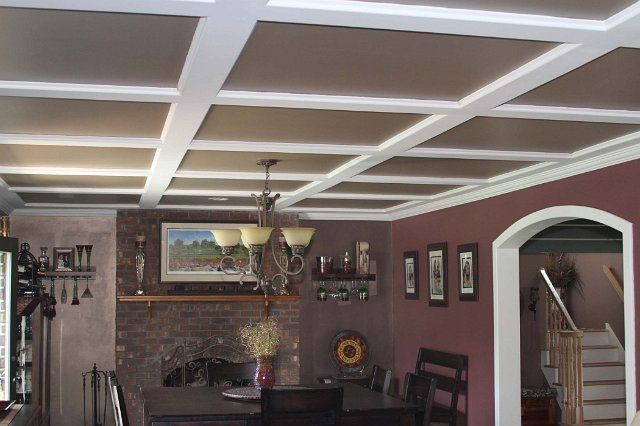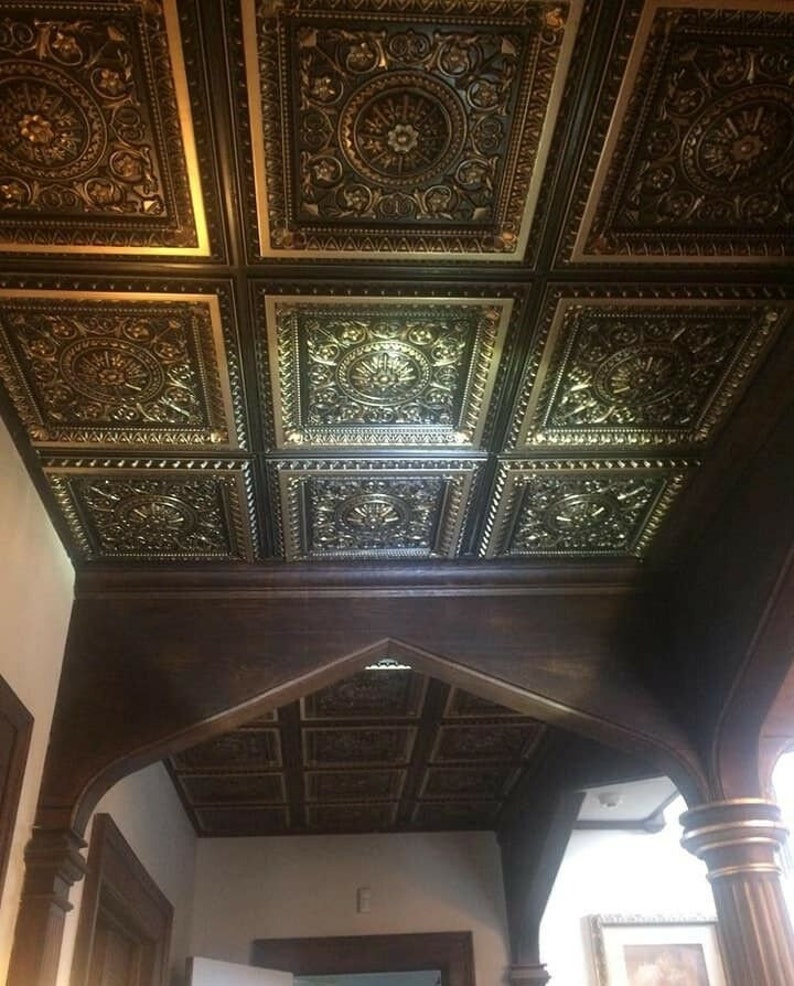
Not only are suspended tiles designed with insulation in mind, but they also create a buffering air pocket between the room and its old ceiling. Suspended ceilings do not need to lower the ceiling by much to boost insulation and significantly improve heat retention.

Lowering the ceiling vastly improves the thermal performance of the room. Warm air rises and in homes or buildings with very high ceilings, heating demands can be exceptionally high. High ceilings might be seen as a selling point in some homes, but what if they’re impractically high? The higher the ceiling is, the more air there is in the room to heat, driving up heating bills. Here, it’s necessary to obscure various fittings using suspended ceilings. In offices and industrial fittings, the ceilings may not be constructed from thick brick and mortar and may not have a cavity. In many buildings, light fittings and other electrics or plumbing often run in the void of a cavity or joisted ceiling, but this is not always the case.

Whilst they’re usually fitted in offices and industrial buildings to obscure light fittings, lower the ceiling where it is impractically high or increase insulation or fire safety, suspended ceilings are becoming more popular in homes for similar reasons. Suspended ceilings fulfil a number of practical and aesthetic purposes. What is the Purpose of Suspended Ceilings? They often deteriorate faster than traditional ceilings
Tiles could need replacing within a few years. Usually more economical than mortar and beam-based ceilings. Wiring and ducts can be accessed without any difficulty in case of maintenance. Hides ducts and wiring as well as damaged parts of the ceiling. Particularly in London, expect to pay 10-20% in labour costs on top of the average prices. Areas in the south tend to have higher living costs and overheads compared to the north. LocationĬertain areas will be more expensive. This increases the labour costs involved and therefore, the cost of fitting. The higher the ceiling, the longer it takes to install. Lighting systems that are integrated across a number of suspended ceilings will cost a little extra than the standard rectangular fittings. Various lighting options exist for suspended ceilings. The tile that needs to be used is also affected by what needs to be fixed together and the particular use of the room. These can arrange from your standard budget options to tiles with higher fire resistance. There are many different types of tiles available. This can increase a contractors quote by £4+ / m². If there are multiple smaller areas, this involves more cutting and more perimeter trim is required. What floor the suspended ceiling needs to be installed in also has a bearing on cost – ground floors are the cheapest. Parking prices in London are particularly high and contractors factor these into their quotes. If the work is undertaken in busier areas, parking is often more expensive. Factors Affecting the CostĪlthough the costs stated above give a broad estimate of the kinds of prices you can expect to pay, the actual price is dependent on a number of different factors. In larger areas, the typical range of prices can reduce to about £15 – £18 / m². These prices would include quality ceiling tiles and grid, a levelled installation rubbish cleared from site. We surveyed 42 different companies for a supply and fit on a 40 / m² ceiling. 
8 Get Prices On Suspended Ceilings Near You Average Suspended Ceiling Cost







 0 kommentar(er)
0 kommentar(er)
